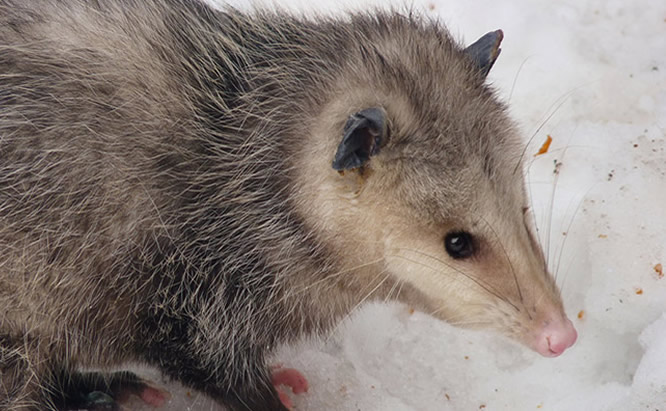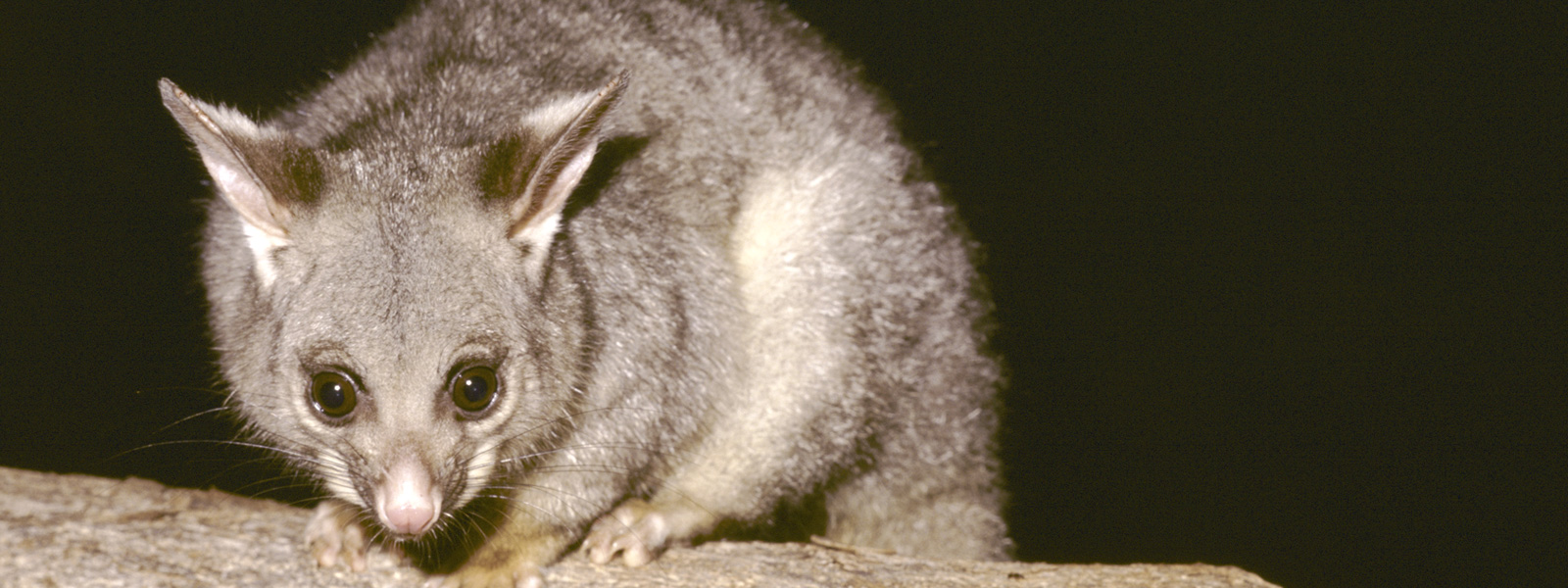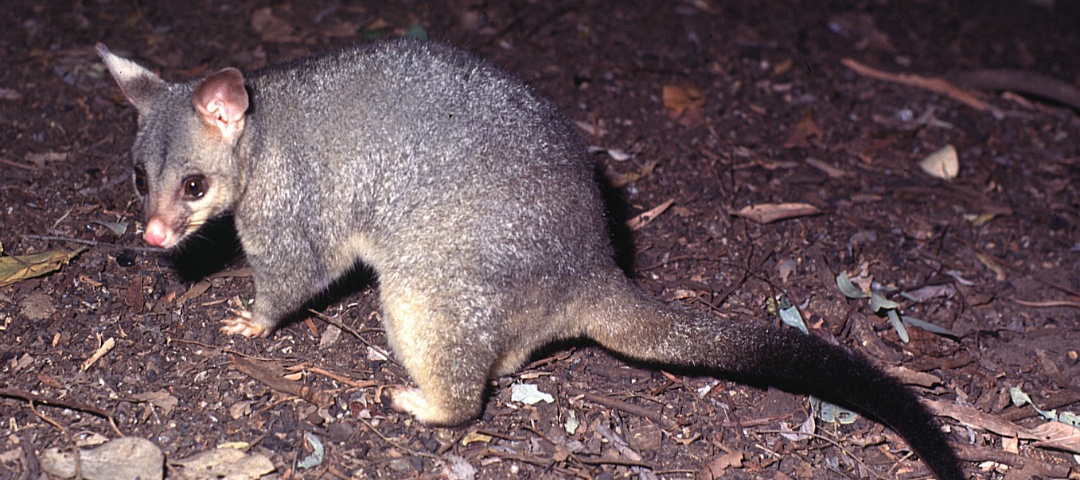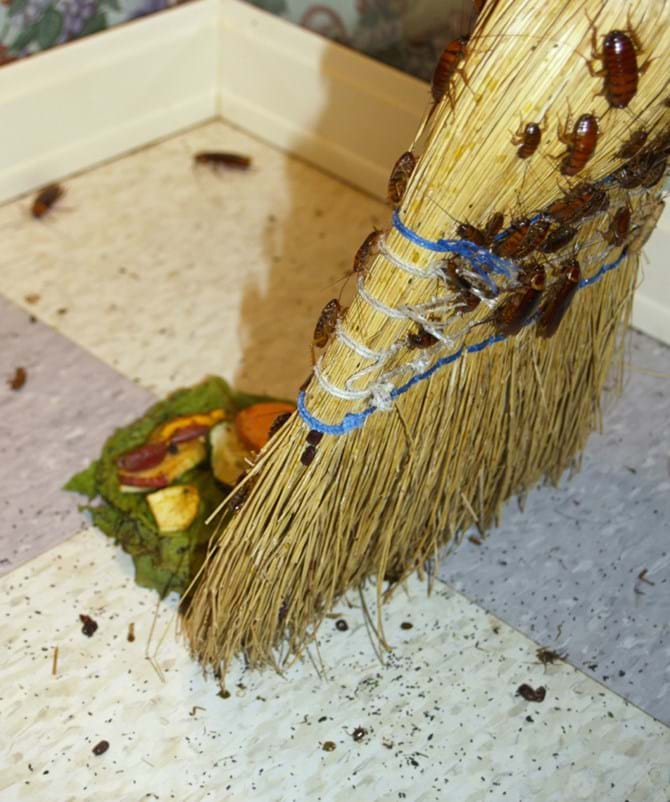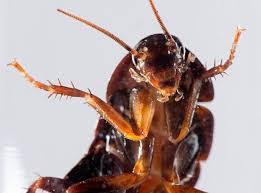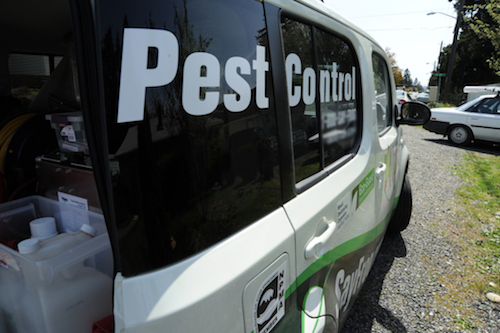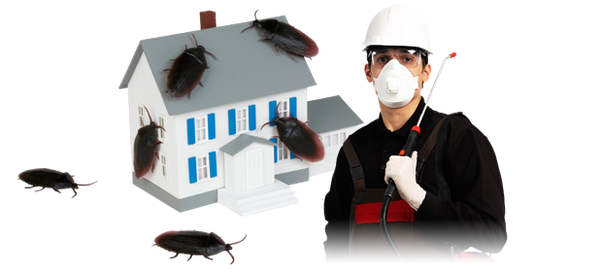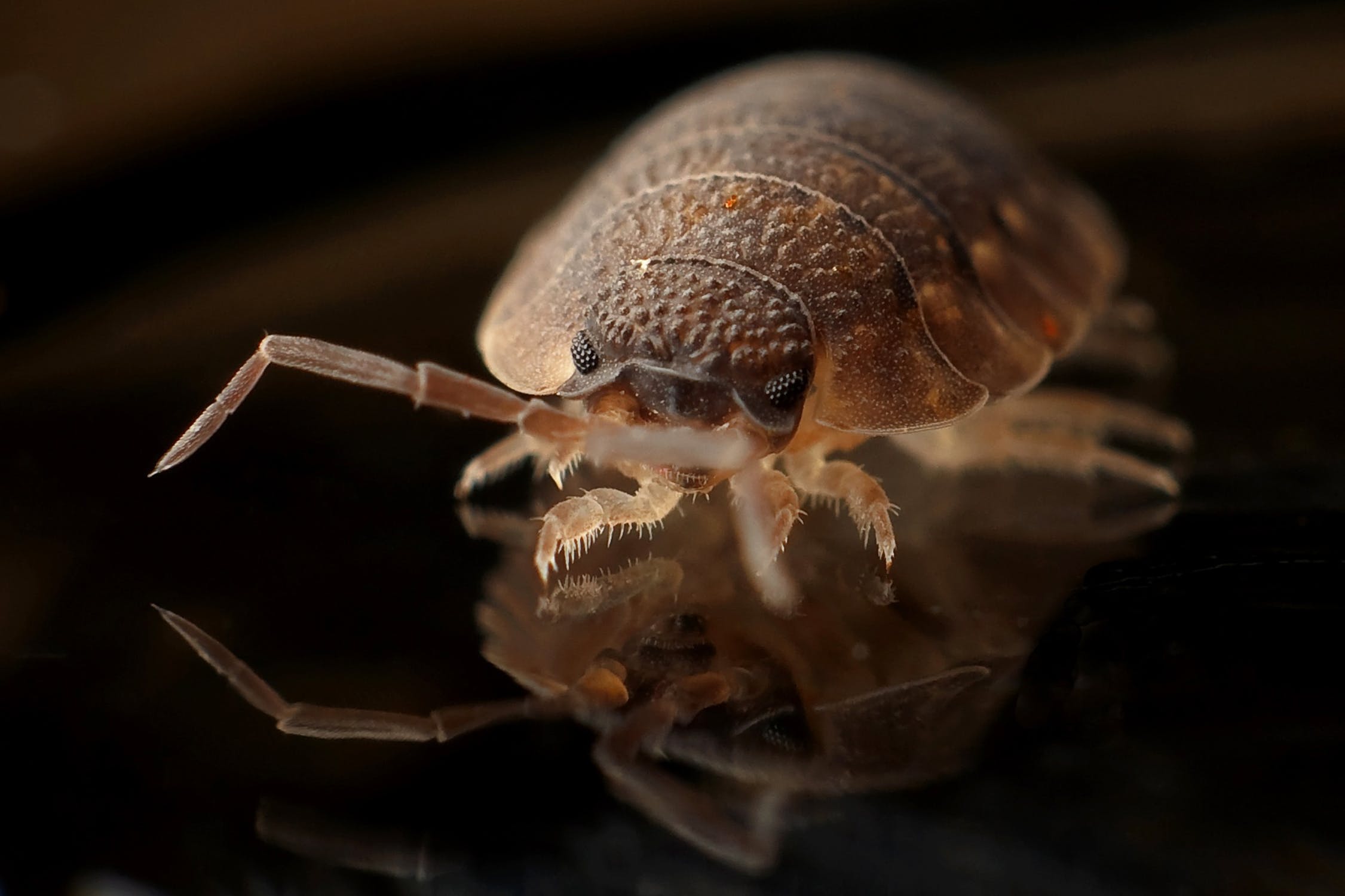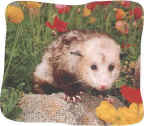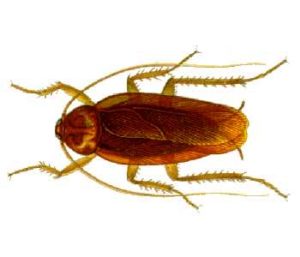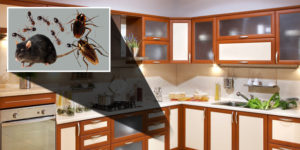How Can I Get Rid of Ants?
Ants are the most widespread pest in the country. Most of the many billions of ants which live around us never cross our paths, but when they do, they can become a constant source of irritation during summer. While they are categorised as a “nuisance pest” – meaning they don’t pose a risk to our health – ants can carry bacteria on their body as they pass through dirty areas of your home, so repeated ant sightings in your home should be investigated.
Why do ants keep coming back?
If you want to know how to beat ants, first you need to understand how they live. The ants that you see crawling around your garden, patio or home are worker ants who have a variety of jobs in the colony: searching for food, establishing supply lines, caring for larvae, expanding the nest and – most importantly – feeding the queen.
There’s usually only one queen per colony, and she is solely responsible for laying all the eggs. She is found in the deepest chamber of the nest, with all tunnels spread out around her. This means that – no matter how many worker ants you kill – it is only ever a temporary measure. Unless you manage to disrupt their colony to such an extent that the queen starves (which is almost impossible, as colonies have thousands to tens-of-thousands of workers), she will just keep laying hundreds of eggs every day and replenish the population in no time.
Why are there ants in my kitchen?
In the wild, ants make their nests in moist soil beneath stones or logs. Around humans, the undersides of our patios and the insides of our walls make ideal habitats for a colony. Ant mandibles are sharp enough to chew through pointing in brick walls, especially if it’s decayed.
This brings ants a lot closer to home than we would like. Ant workers explore around their nest to find food and, when they do, lay trails of pheromones to guide more workers to the source. When you see a long train of ants going to and fro, it means they’ve made a supply line.
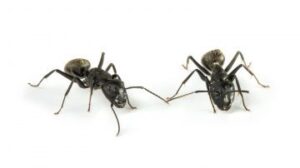
How to get rid of Ants
Ants wake up from hibernation when the weather starts to warm up. When Spring arrives, you may start to notice some little ant soldiers venturing out and about in your home or garden in search of food for the colony.
Identify where they are entering into your home, then see where they are heading to.
Clean both of those areas and the path the ants were using between the two with a strong smelling cleaning fluid.
Using resin bond and an applicator gun (for instructions click here) to fill the area where they are coming in. You could use this opportunity to fill in any cracks and holes behind sinks and around pipes in the kitchen and throughout the property using this method to prevent any further little friends coming into your home.
How you need to starve them! Keep the surfaces and floors of your home free from food. There is a reason why they are coming into your house, so do not invite them in to eat. Don’t leave dirty cups and dishes around, especially overnight. Keep food sealed and stored in cupboards. After your pet has finished eating, clean the bowl.
Never try to squish the ants because they give off a smell that attracts other ants.
This is perfect to use in those hard to reach places where little insects and even bigger ones can get into your home. Once it is applied, nothing will be able to get through any cracks or holes in your property.
Professional sealant gun with a hexagonal rod and re-enforced ring. Works perfectly with resin bond tube (above)
When dealing with an ant mound or hill, you need to use a product called Ant Gone.
Spray the mound with Ant gone (directions on the bottle).
Ants should die within minutes of being sprayed or walking over the product.
Use it over a period of 3 days.
No more ants!
Ways to get rid of black ants around the house
Although they’re relatively harmless, ants can become serious pests when they start to infiltrate your house; especially as their colonies are usually permanent and tiresome to remove.
Clear ant-tempting food away
Ants are particularly drawn to fatty and sugary foods, so it’s important to keep your home free of food scraps as much as possible. Use sealed containers for baking ingredients, syrups, and meal leftovers.
Clean surfaces vigorously
After preparing or eating food, make sure you’re keeping your surfaces and floor free of crumbs by wiping up mess as soon as possible. Don’t forget to also clean in and around kitchen appliances, chair or couch cushions and rubbish bins
Remove sources of water
Unluckily for WA residents, it’s common for ants to search for water in warm, dry climates. Ants require readily available water sources to build a colony; so leaky taps or flooded water systems are common instigators for ant infestations.
Find and seal the exterior of your house
Since ants are so small, finding ways into your house isn’t a tough task. If you’re unsure of how they’re making their way inside, follow any visible ant trails to find their entry and exit points. Common gaps could include cracks in walls, loose window frames and power outlets.
How to Get Rid of Ants
There are many varieties of ants, but if you want to send these pests packing, follow our tips for how to get rid of sugar ants and other common varieties that sneak into your home.
Sugar ants are a common name that people ascribe to most small ants that come marching into the house, hot on the trail of something to eat. And, as you might suspect, sweets rank high on their shopping list as do greasy foods, which is why they often appear in the kitchen.
Like any good scout, the first few ants leave a trail for their buddies to follow. But rather than dropping bread crumbs, ants use pheromones. Once their ant friends catch the pheromone scent, they’re drawn to whatever tasty morsels the scouts found in your house. That’s why, if you catch the initial trespassers early on, you may get lucky. Squash them and then use soapy water or vinegar to wipe away the scented route you think they followed to get inside.
How to Kill Ants with Borax
One of the most popular homemade concoctions for killing ants includes Borax, which has stirred up some controversy about whether it’s natural and safe. You can relax in knowing that the EPA says Borax is sodium tetraborate, a mineral that occurs naturally in the ground, and it would take a significant amount to harm an adult. However, it’s wise to keep this mixture out of reach of children and pets.
How to Keep Ants Away
So how do you keep ants out of your house in the first place? One of the best solutions is to keep floors and counters as clean as possible and make tempting items inaccessible, such as storing honey and peanut butter containers inside plastic food storage containers or resealable storage bags
How To Get Rid Of Ants
Carpenter Ants: Decaying Wood Outside Will Invite These Ants into Your Home
Carpenter ants…is there any other type of insect that causes as much destruction as these guys? Not really, as carpenter ants are at the top of the list for the “home destruction over time” category!
The state of your home and the safety of it from carpenter ant damage really does begin with the area around the outside of your home. Decaying wood is one of the main “attractors” for carpenter ants, so make sure that all around the outside of your home is free of decaying wood.
You should resist the urge to attempt any type of pest control on your own. More often than not, self-administered attempts to rid your home of ants can actually do more harm than good by causing ants to be spread even further throughout your home. Proper identification is key in managing ants in the home.
understand the behaviour of carpenter ants, where their ideal nesting spots are, what they are attracted to and their entry points. There are many factors to be taken into consideration before your home can be eliminated from any and all ants.
